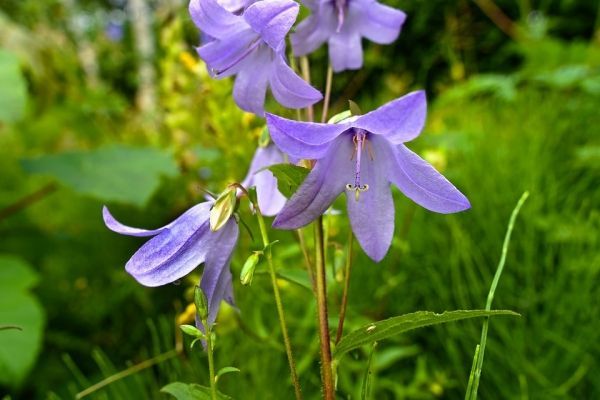When climates change, plants and animals often are forced to colonize new areas – or possibly go extinct. Because the climate is currently changing, biologists are keenly interested in predicting how climate-induced migrations influence organisms over time.
In a study to be published Thursday in the journal Evolution Letters, researchers at the University of Virginia and Washington State University reveal how the colonization of new environments after the last ice age, about 15,000 years ago, fundamentally altered the American bellflower, a wildflower native to Virginia.
“The plant is ideal for study because it expanded its range when the climate last warmed and glaciers retreated,” said Laura Galloway, a UVA professor of biology and co-author of the study. “We learned that migration causes evolution that is both beneficial – making it easier for plants to reproduce – and detrimental – reducing the success of that reproduction.”
The Washington State researchers sequenced the genomes of American bellflowers from across their current geographic range. They found patterns of genetic mutations that helped them identify a location in what is now eastern Kentucky, in the foothills of the Appalachian Mountains, where the plant likely persisted during the last glaciation. They also showed that the process of expansion to the species’ current range in the eastern United States involved repeated periods when populations were small and gradually increasing through colonization.
Read more at University of Virginia
Photo Credit: MabelAmber via Pixabay


